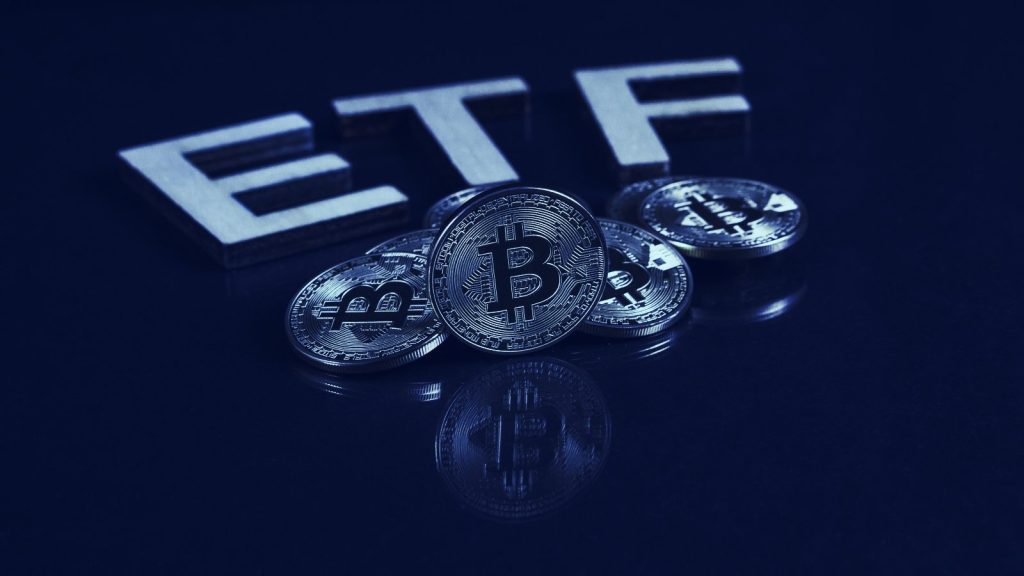Introduction:
Cryptocurrency Disruption Underscores the Need for Regulation
The recent turmoil in the volatile world of cryptocurrency, exacerbated by the collapse of a major platform, highlights the inherent risks associated with digital assets lacking fundamental safeguards.
Crisis in Crypto:
An Era of Heightened Risk
Authored by Li Bo and Nobuyasu Sugimoto on January 18, 2023, the piece reflects on the significant market disruptions signaling a perilous epoch for the cryptocurrency world, with trillions in market value being wiped out. An analysis by the Bank for International Settlements from November last year revealed a staggering two-thirds drop from the 2021 peak value of Bitcoin, the largest cryptocurrency, leaving around three-quarters of investors at a loss.
Market Vulnerabilities:
Stablecoin Fragility and Exchange Instabilities
Market stress periods have precipitated the failure of stablecoins, cryptocurrency-focused hedge funds, and cryptocurrency exchanges, subsequently sparking severe concerns about market integrity and user protection. The intertwining of cryptocurrency with the core financial system augments worries about systemic risks and financial stability in the foreseeable future.

Regulatory Solutions:
Global Standards for Emerging Challenges
Many of these challenges can be addressed by fortifying financial regulation and creating globally consistent standards enforceable by national regulators.
The International Monetary Fund (IMF) timely published two reports regarding the regulation of the cryptocurrency ecosystem amid the tumultuous and cyclical nature of this realm.
Comprehensive Approaches:
Our reports tackle the issues on two fronts. First, adopting a broad scope that looks at key entities performing core functions in the cryptocurrency landscape. The findings and recommendations thus apply to the entire cryptocurrency ecosystem.
Secondly, the focus narrows to stablecoins and their arrangements, digital assets designed to maintain a stable value against specified assets or pools.
The New Frontier:
The Rising Tide of Digital Assets
Cryptocurrencies, including stablecoins, have not yet posed a systemic risk to the global financial framework, but their impact on emerging markets and developing economies has been substantial. Some countries see vast retail holdings of cryptocurrencies, with cases of digital assets, especially USD-pegged stablecoins, replacing local currency. This shift towards “cryptofication”—using cryptocurrencies in place of local money and assets, often as a means to circumvent forex and capital control—poses new challenges: capital outflows, loss of monetary sovereignty, and threats to financial stability, necessitating policy responses that bolster confidence in domestic economies, currencies, and banking systems.
Developed economies also face financial stability risks from cryptocurrencies, as institutional investors seeking high returns in a low-interest rate environment accumulate stablecoins. Regulatory bodies must balance risk management with innovation.

Key Recommendations:
A Five-Point Legislative Framework
Our two advisory reports, “Regulating the Cryptocurrency Ecosystem: An Unbacked Assets Perspective” and “Regulating the Cryptocurrency Ecosystem: The Case for Stablecoins,” issued last September, propose five principal recommendations:
- Licensing Cryptocurrency Service Providers:
Cryptocurrency service providers offering storage, transfer, exchange, settlement, and custody services should be licensed or registered and authorized, mirroring rules for traditional financial service providers. Customer assets must be segregated from institutional assets, and firewalls established between different operational departments. - Multifunctional Entities and Conflict of Interest:
Entities performing multiple functions should adhere to additional prudential requirements. Where conflicts of interest may arise from multifunctional roles, regulators should consider prohibiting such practices. If permitted, these institutions must follow stringent transparency and disclosure requirements so dependences can be identified. - Stablecoin Issuers and Prudential Measures:
Stablecoin issuers should conform to strict prudential norms. These instruments, increasingly accepted beyond cryptocurrency users and as a store of value, can jeopardize monetary and financial stability if not adequately regulated. - Regulated Financial Institutions and Cryptocurrency Exposure:
Clear requirements for their involvement in cryptocurrency, particularly custody services, should be articulated to mitigate associated risks. The Basel Committee on Banking Supervision’s recent criteria for prudent treatment of bank exposures to cryptocurrency is welcome progress. - Towards Robust Global Oversight:
Effective, cohesive global cryptocurrency regulation is paramount. The sector’s intersectoral and transnational characteristics diminish uncoordinated national regulatory efforts’ effectiveness. A globally concerted effort must be adaptable to changing landscapes and risk profiles.
Despite the rapid growth of cryptocurrencies, authorities worldwide struggle to manage the risks faced by users, with some adopting more aggressive measures. For instance, Sub-Saharan Africa, while least involved in cryptocurrency trading, exhibits the fastest growth rate, prompting bans in about a fifth of its countries.
Blanket bans may exceed regulatory necessity, thereby targeted restrictions should be more effective. Like Japan and the UK, we may restrict specific cryptocurrency derivatives or, akin to Spain and Singapore, limit cryptocurrency promotions.
Global standards take time to formulate, but the Financial Stability Board (FSB) has provided commendable guidance for cryptocurrencies and stablecoins. Our fintech papers echo many of the same conclusions, reflecting our collective and convergent perspectives on the market. At the IMF, we will continue to collaborate with global institutions and member countries to assist policymakers in serving the best interests of individual users and the global financial system.


































